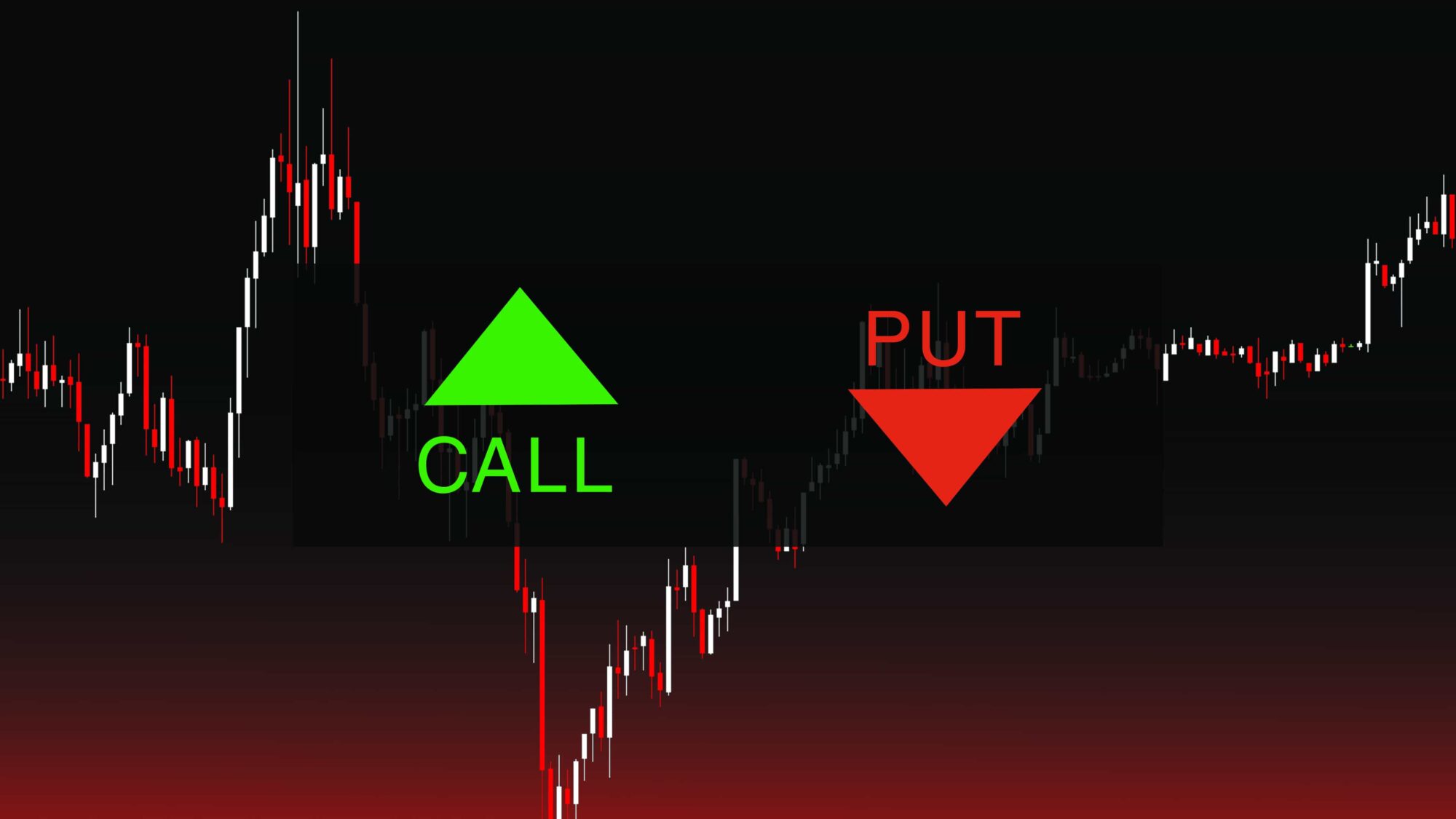Options trading has become increasingly popular among investors seeking to enhance their returns, mitigate risks, and navigate market volatility. Whether you’re a seasoned investor or just starting your financial journey, understanding the ins and outs of options trading can empower you to make informed decisions and potentially maximize your profits.

Image: www.asktraders.com
Options, simply put, are contracts that grant investors the right to buy (call options) or sell (put options) underlying assets like stocks, commodities, or indices at a predetermined price (strike price) on or before a specified date (expiration date). The flexibility and leverage provided by options make them a powerful tool for both risk management and profit generation.
Delving into the Risks and Rewards of Option Trading
Like any investment venture, option trading carries its share of risks and rewards. It’s imperative to be aware of both sides and proceed with a well-informed approach:
Risks Associated with Options Trading:
Premiums: Investors must pay a premium to purchase option contracts, and there’s a risk of losing the entire premium if the underlying asset fails to reach the strike price.
Time Decay: Options are time-sensitive contracts, meaning their value erodes as the expiration date approaches. Investors need to be mindful of this constant erosion and plan their strategies accordingly.
Volatility: Option values are directly influenced by the volatility of the underlying asset. High volatility can lead to rapid price fluctuations, potentially resulting in significant losses if not managed appropriately.
Leverage: Options inherently provide leverage, which can magnify both gains and losses. Inexperienced investors should exercise caution and use leverage judiciously.
Rewards Offered by Option Trading:
Income Generation: Options can be employed to generate income through the sale of premium or by trading options strategies. This income stream can supplement investment portfolios and provide additional sources of earnings.
Risk Management: Options, particularly put options, serve as a defensive tool against potential market declines. By giving investors the right to sell at a set price, they can protect existing investments and limit losses.
Profit Enhancement: Options allow investors to amplify their profits by leveraging the price movements of underlying assets. This potential for magnified returns is a key attraction for experienced traders.
Flexibility and Versatility: Options trading offers a wide range of strategies that can be customized to suit each investor’s risk tolerance, time horizon, and investment goals. This flexibility empowers investors to tailor their approach and adapt to various market conditions.
:max_bytes(150000):strip_icc()/BuyingCalls-7ff771dfbc724b95b8533a77948d7194.png)
Image: www.investopedia.com
Navigating the Complexities of Option Contracts
Understanding the key components of option contracts is crucial for successful option trading:
Strike Price: The price at which the underlying asset can be bought or sold based on the option type (call or put).
Expiration Date: The date by which the option must be exercised or expire worthless.
Premium: The price paid by the buyer to acquire the option contract.
In-the-Money (ITM): An option is ITM when the current price of the underlying asset is more favorable than the strike price (for call options) or less favorable (for put options), resulting in a potential profit if exercised immediately.
At-the-Money (ATM): An option is ATM when the current price of the underlying asset is equal to the strike price, indicating minimal potential profit from immediate exercise.
Out-of-the-Money (OTM): An option is OTM when the current price of the underlying asset is less favorable than the strike price (for call options) or more favorable (for put options), making it unlikely to be profitable if exercised immediately.
Why Do Option Trading
:max_bytes(150000):strip_icc()/OPTIONSBASICSFINALJPEGII-e1c3eb185fe84e29b9788d916beddb47.jpg)
Image: flipboard.com
Empowering Yourself as an Option Trader
The realm of option trading demands a proactive, inquisitive mindset and a comprehensive understanding of market dynamics. To empower yourself as an option trader, consider the following tips:
Education and Research: Familiarize yourself with the fundamentals of option trading through books, online resources, and workshops. Stay abreast of market trends and the latest strategies to make informed decisions.
Practice and Simulation: Use paper trading platforms or virtual simulators to test your option trading strategies in a risk-free environment before venturing into real-world trading.
Risk Management: Exercise proper risk management techniques to mitigate potential losses. Set realistic profit targets, use stop-loss orders, and never trade with more than you can afford to lose.
Emotional Control: Maintain discipline and control your emotions in the face of market fluctuations. Avoid making impulsive or panic-driven trades.
Seek Professional Guidance: Consult with a financial advisor or experienced options trader for personalized guidance and support. They can assist you with strategy development, risk assessment, and navigating complex trading decisions.
By embracing these measures, you can equip yourself with the knowledge, skills, and mindset necessary to navigate the rewarding yet challenging landscape of option trading. Remember that learning and adaptation are continuous processes in the financial world, and a diligent approach will empower you to exploit the potential benefits of options trading while minimizing the associated risks.

:max_bytes(150000):strip_icc()/BuyingCalls-7ff771dfbc724b95b8533a77948d7194.png)
:max_bytes(150000):strip_icc()/OPTIONSBASICSFINALJPEGII-e1c3eb185fe84e29b9788d916beddb47.jpg)






